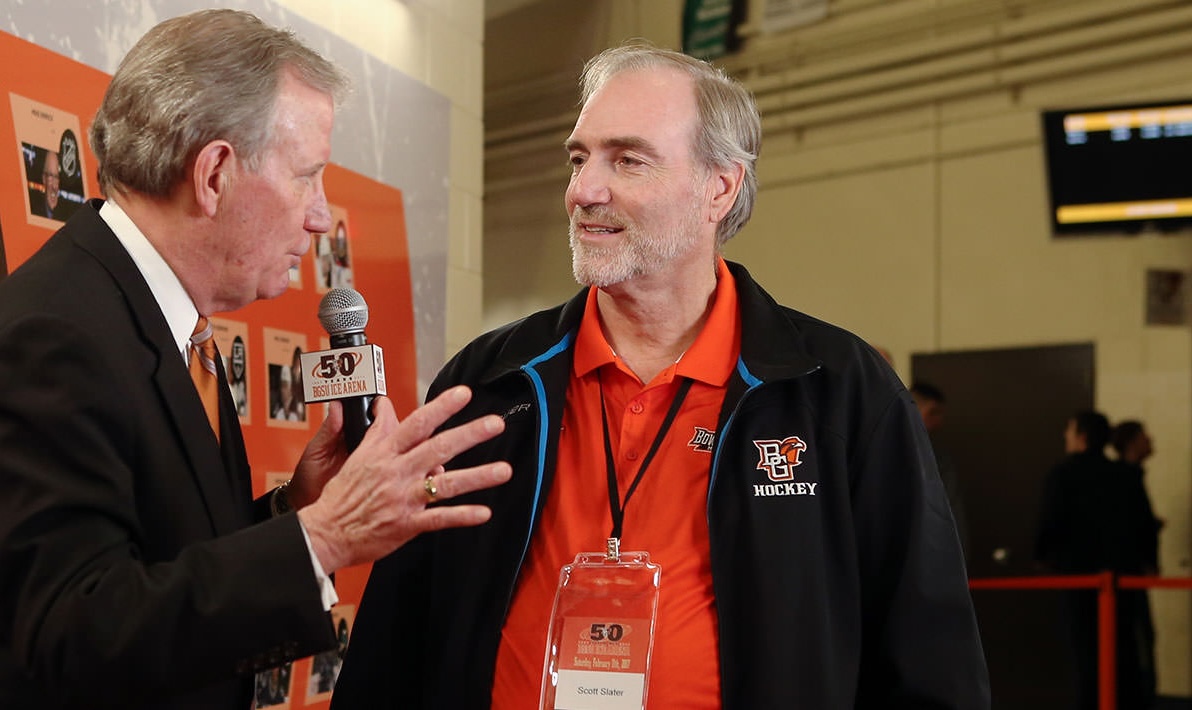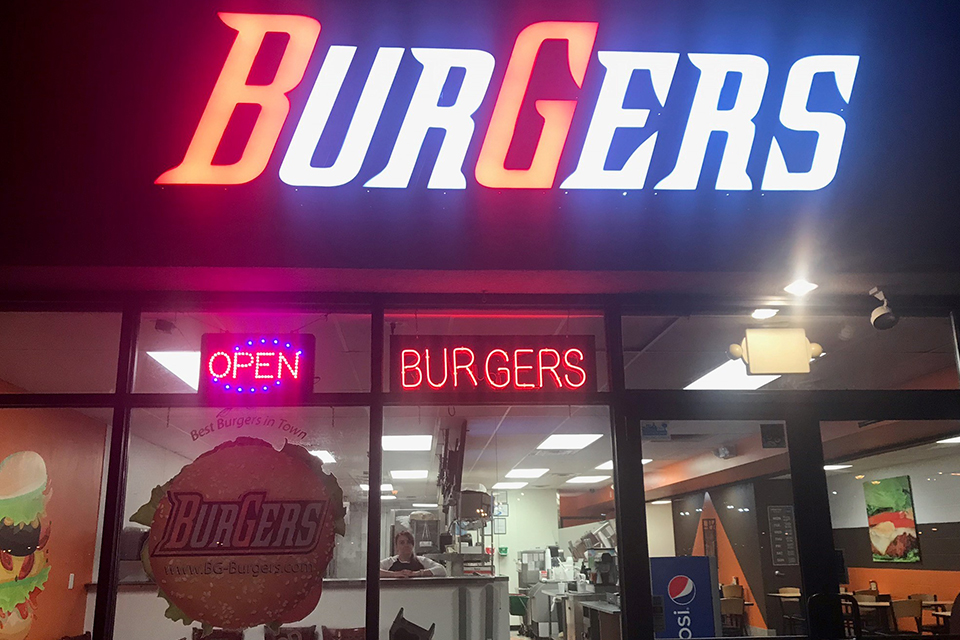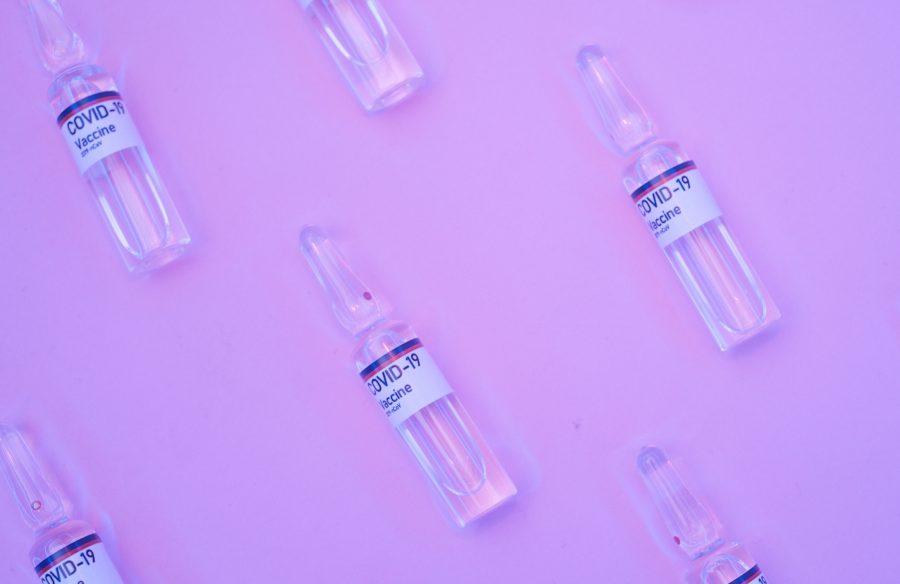Grace Holladay | Reporter
The next round of COVID-19 booster shots are set to arrive in the hands of healthcare providers in early September. This would mean distribution to the public could begin as early as the second week of the month, an estimate subject to change due to approval and shipping processes.
Currently, both Moderna and Pfizer-BioNTech booster formulas are under review by the FDA to attain Emergency Use Authorization (EUA). This is a special warrant that allows the FDA to permit unapproved medical products or approved medical products to be used in a new, unapproved application or for combatting a public health emergency, according to information from the FDA.
This authorization is necessary due to the fact that the booster is aiming to be released for public use before human testing can be entirely completed. Both Moderna and Pfizer-BioNTech are also seeking a signature of approval from the CDC Advisory Committee on Immunization Practices.
They are scheduled to meet on Sept. 1 and 2, according to the committee’s webpage and are expected to receive approval. After being granted EUA, the Pfizer-BioNTech booster will be immediately available for use by everyone ages 12 and up and Moderna will be available for those aged 18 and up, according to NBC News.
For those who have recently been boosted or are recovering from COVID-19, it is advised that you wait three to six months before getting the new booster vaccine unless you have a circumstance that qualifies you as immunocompromised or at high-risk.
This wait period has been established because the antibodies garnered from either the booster shot or the infection are still at a high functioning capacity after a few months, meaning that getting a booster within that time window would not provide optimal performance, according to a report filed by The Atlantic.
The new booster shot requires a new EUA approval because it will be different on a formulaic level. The formula will be bivalent, meaning that it will attack both the original strain of COVID-19, as well as target the Omicron variant and its two most prevalent mutations—BA.4 and BA.5 (these markings denote the fourth and fifth mutations of the Omicron variant, respectively).
The BA.5 mutation is currently responsible for 88.7% of all United States COVID-19 cases according to the CDC, making it the most dominant strain in circulation. This being so, many scientists are anticipating a large spike in Omicron-based cases come the fall season, leading to a grand push to make the Omicron-targeted booster available to the public.
Although BGSU’s COVID-19 Dashboard is no longer actively updated, archived data from Sept. 2021 does show a significant spike of cases from 46 total campus cases to 218 between the first two weeks of the semester. With Omicron’s highly infectious nature far outpacing that of Delta and other previous variants, it is reasonable to assume that such a spike may recur this fall.
Both the Pfizer-BioNTech and Moderna shots are messenger RNA (mRNA) vaccines, meaning that they contain lab-synthesized mRNA instead of live or weakened virus cultures. An mRNA vaccine can be thought of as a pack of instructions for the body’s cells, according to an article from The Mayo Clinic.
Cells follow the instructions provided by the vaccine to produce spike protein, a signature protein found on COVID-19’s surface, and display it on their own surfaces. The immune system will then learn to eliminate these proteins, equipping it with the antibodies necessary to defend against the real virus, should it enter the body, without ever having to be infected by it.
















